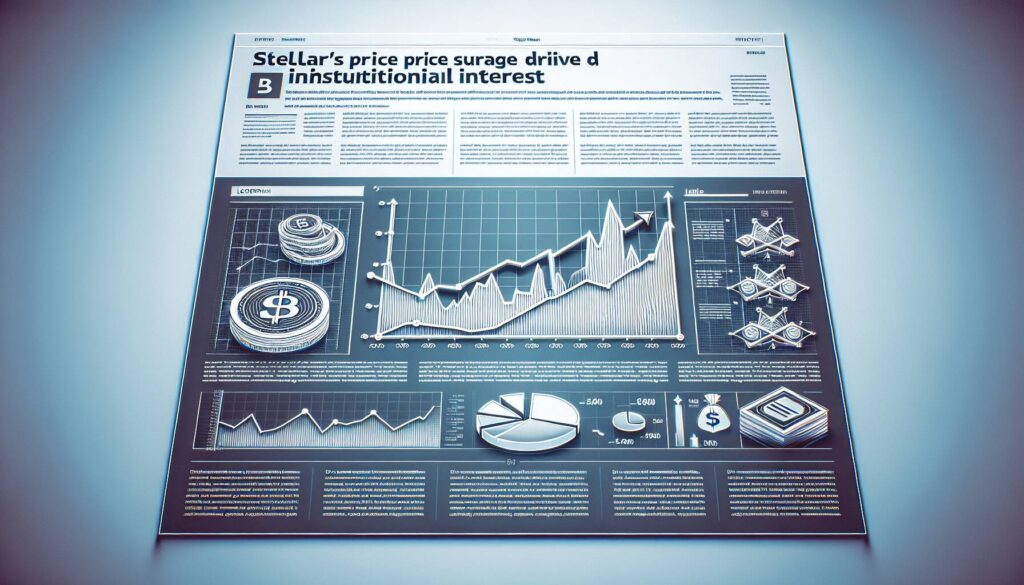The Aave (AAVE) token, which plays a key role in one of the largest decentralized lending protocols, recently experienced a significant price fluctuation amidst a broader decline in the cryptocurrency market. On Friday, the token, which had been trading at approximately $270, saw its value plummet by as much as 64%, reaching a low of $100—a level not seen in 14 months. However, in a remarkable turn of events, AAVE rebounded quickly, climbing back to around $240, despite still being down 10% from the previous day.
Stani Kulechov, the founder of Aave, characterized the day’s event as the “largest stress test” in the protocol’s history, highlighting the robustness of its $75 billion lending framework. Aave enables users to lend and borrow digital assets seamlessly, employing innovative structures like flash loans to operate without traditional banking intermediaries. The recent turmoil showcased the protocol’s resilience, managing an automatic liquidation of a staggering $180 million in collateral within just one hour, entirely devoid of human involvement.
“Once again, Aave has proven its resilience,” Kulechov stated in a recent post.
Following the volatility, AAVE’s price action entered a consolidation phase, stabilizing within a narrow range between $237.71 and $242.80 as market participants evaluated the recent turbulence. A surge in trading volume was also noted, with 570,838 AAVE tokens exchanged, significantly surpassing the typical 175,000 average. The ongoing developments underscore the dynamic nature of decentralized finance (DeFi) and the ongoing maturation of the cryptocurrency market.

Aave (AAVE) Flash Crash and Resilience
Key points regarding the recent events surrounding Aave’s native token:
- Dramatic Price Fluctuation:
- AAVE’s price dropped 64% from $278.27 to $100.18 during the flash crash.
- After the dip, it recovered to approximately $240.09 within the same day.
- Record Liquidations:
- The protocol automatically liquidated $180 million in collateral within one hour without human intervention.
- This event was described as the “largest stress test” for Aave’s $75 billion lending infrastructure.
- Substantial Trading Volume:
- AAVE experienced a trading volume of 570,838 units, significantly higher than the average of 175,000.
- Resilience of DeFi Markets:
- The performance during the crash highlights the evolving maturity and resilience of decentralized finance (DeFi) markets.
- AAVE’s quick recovery (140% from intraday lows) indicates strong market support and confidence in the protocol.
- Technical Indicators:
- Price consolidation has occurred within a narrow range of $237.71 to $242.80 following the volatility.
- Near-term resistance has been identified at the $242.80 level, indicating potential challenges for further upward movement.
This information can impact readers by providing insights into the volatility of crypto markets, the resilience of DeFi protocols, and the importance of understanding market dynamics for investment decisions.
Aave’s Resilience Amid Crypto Market Chaos
The dramatic price fluctuations of Aave’s native token (AAVE) during the recent crypto flash crash spotlight the protocol’s strengths and vulnerabilities in a highly competitive DeFi landscape. As the largest decentralized lending platform, Aave has demonstrated a remarkable ability to withstand extreme volatility, raising both eyebrows and interest among investors and crypto enthusiasts alike.
Competitive Advantages: Aave’s automated liquidation processes emerged as a standout feature during the crisis, handling an unprecedented $180 million in collateral without human oversight. This not only cements Aave’s operational reliability but also emphasizes the effectiveness of smart contract technology in maintaining protocol integrity even during tumultuous market conditions. The bounce back from a 64% drop to nearly $240 highlights strong investor confidence and the growing maturity of the decentralized finance market.
Additionally, the hefty trading volume of 570,838 units signals robust market engagement, suggesting that traders are viewing Aave as a resilient option in an environment fraught with uncertainty. This can attract more liquidity providers and borrowers, fortifying Aave’s ecosystem and expanding its user base.
Competitive Disadvantages: Despite these strengths, Aave’s severe price volatility raises concerns over investor security and trust. A steep drop to $100 may deter risk-averse individuals from entering the market, potentially limiting Aave’s growth in the long run. Furthermore, the sheer speed of price recovery can be disorienting for new investors seeking stability, thereby complicating Aave’s appeal amidst other platforms that may present less volatility.
Such dynamics could either position Aave favorably among risk-tolerant investors looking for high-reward opportunities or create significant challenges for more conservative participants who may prefer steadier gains. Thus, while seasoned traders might see Aave as a prime opportunity to capitalize on rapid market movements, caution may prevail among novice investors, leading to a dichotomy of engagement across different investor segments.

















